 Capital Hotel Columns
Capital Hotel Columns
Time Period: World War II through the Faubus Era (1941 - 1967) - Starting with C
 Capital Hotel Columns
Capital Hotel Columns
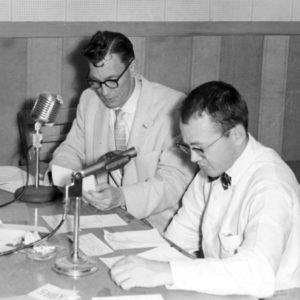 Al Capp
Al Capp
 Carlisle Rice Trucks
Carlisle Rice Trucks
Carlisle, Irene Jones
 Karen Carlson
Karen Carlson
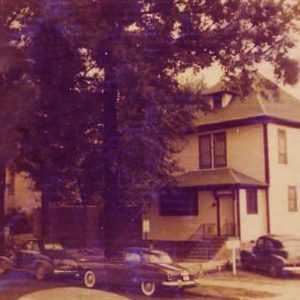 Carmelite Monastery of St. Teresa of Jesus
Carmelite Monastery of St. Teresa of Jesus
 Jeanne Carmen
Jeanne Carmen
 Jeanne Carmen
Jeanne Carmen
Carmen, Jeanne Laverne
 Gressie Carnes
Gressie Carnes
 Carpenter Dam
Carpenter Dam
Carpenter, Flavius Josephus (Flave)
Carpenter, Preston
Carver Gymnasium
 Johnny Cash and Johnny Horton
Johnny Cash and Johnny Horton
 Johnny Cash
Johnny Cash
 Johnny Cash
Johnny Cash
 Cass Stave Mill
Cass Stave Mill
Castleberry-Harrington Historic District
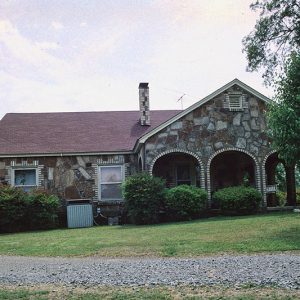 Hinkle and Ermin Castleberry House
Hinkle and Ermin Castleberry House
Castoro, Laura Parker
 Opie Cates Recording
Opie Cates Recording
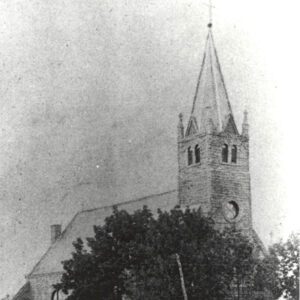 Catholic Church
Catholic Church
 CCC Company 747
CCC Company 747
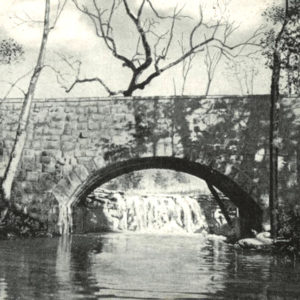 Cedar Creek Bridge
Cedar Creek Bridge
 Cedric the Fire Chief
Cedric the Fire Chief
 Center Theater
Center Theater
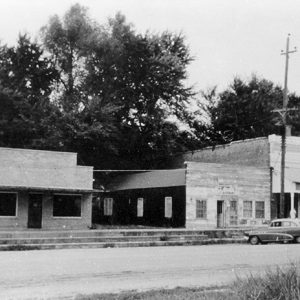 Centerton, 1959
Centerton, 1959
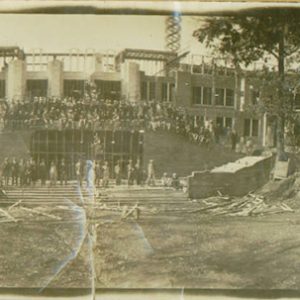 Central High Construction
Central High Construction
 Central High Postcard
Central High Postcard
 Central High School
Central High School
Central High School, Desegregation of
aka: Crisis at Central High
aka: Little Rock Desegregation Crisis
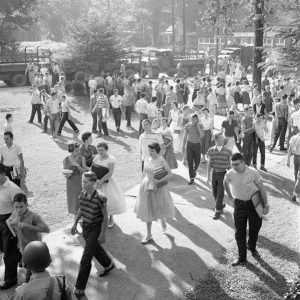 Central High Students
Central High Students
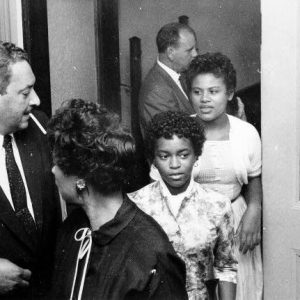 Central High Students Leaving Federal Court, 1957
Central High Students Leaving Federal Court, 1957
 Central High School Desegregation Commemorative Book
Central High School Desegregation Commemorative Book
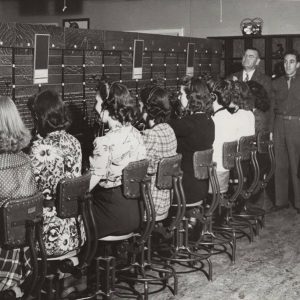 Chaffee Switchboard
Chaffee Switchboard
Chamberlin, Henry Howard “Hank”
 Hank Chamberlin
Hank Chamberlin
Chandler, Florence Clyde
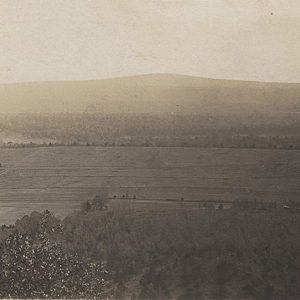 Charleston Area
Charleston Area
 Charleston Church
Charleston Church
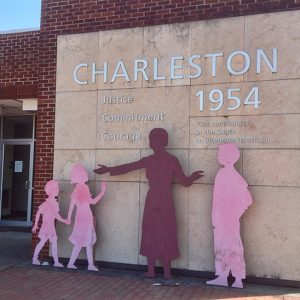 Charleston Desegregation Exhibit
Charleston Desegregation Exhibit
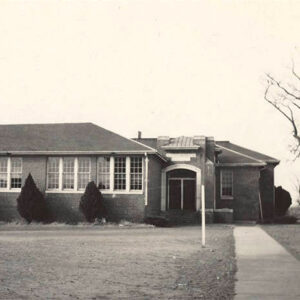 Charleston High School
Charleston High School
 Charleston Home
Charleston Home
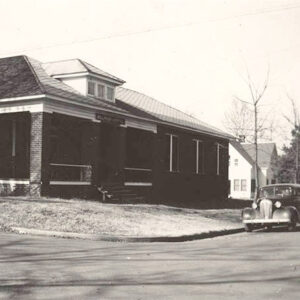 Charleston Hospital
Charleston Hospital
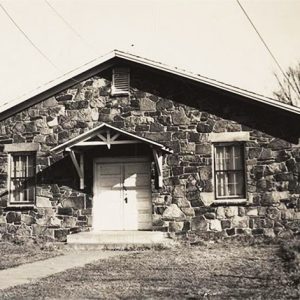 Charleston Legion Hut
Charleston Legion Hut
Charleston Schools, Desegregation of
 The Checkmates
The Checkmates
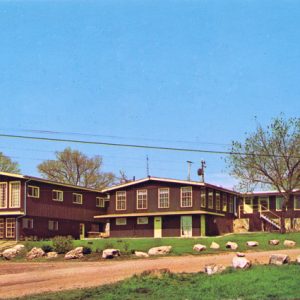 Cherokee Village Community Center
Cherokee Village Community Center




